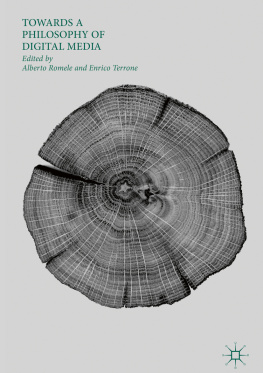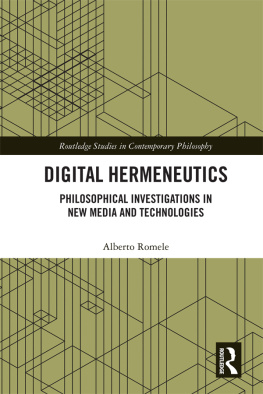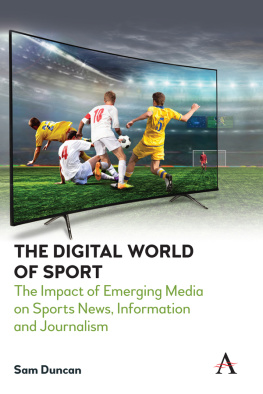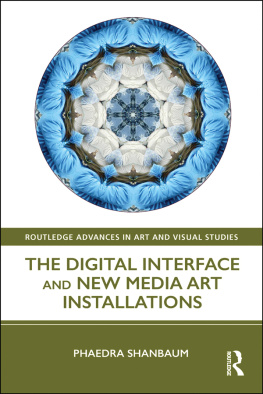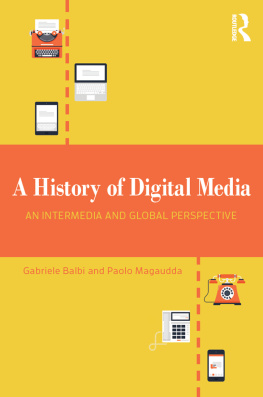Media can be characterized as artifacts whose primary function consists in widening our experiential and cognitive horizons. Without media, our experience and cognition would be limited to what we can directly perceive in our environment and then possibly recall from our memory . At most, this could be enriched by what we can imagine; that is, conjectures about the future or thoughts about possible state of affairs. However, without media, our experiential and cognitive horizon would remain rather narrow. It is only when media come into the picture that we start acquiring mediated information about parts of the world that are beyond the reach of our direct perception, of our memory and of our imagination .
Media are so intrinsic to our nature that it seems legitimate to wonder if it really makes sense to speak of an immediate relation of human beings with the world. Language is the medium that mostly characterizes us, which allows abstraction and communication . It is not surprising, then, that philosophers have devoted, especially during the twentieth century, much of their energies in order to understand what it is and how it works. Still, there are many other media. Pictures, sculptures and theatrical performances are, for instance, mediators of a specific kind. Philosophers have often circumscribed such media to the domain of the aesthetics and the philosophy of art. In fact, while the philosophy of language is clearly distinct from the philosophy of literature, one finds it hard to draw a similar distinction between the medium and its artistic use for what concerns pictures, sculptures or theatrical performances. As a consequence, most of philosophical reflections on such media have been conducted within the field of aesthetics (see for instance, Davies ). Yet, this approach reveals its limits once technology is considered.
The point is that technology can create new media by supporting other forms of media and enhancing their capacity to widen our horizon, regardless of their aesthetically relevant applications. For instance, printing supports language and depiction, thereby creating a new medium (the press) through which texts and pictures are widely spread by means of technical reproduction. Likewise, technologies such as the telegraph and the telephone empower language and linguistic communication .
On the one hand, there is a long tradition in philosophy of technology and in media studies that considers technologies as extensions of human bodies and minds. Ernst Kapp, who actually coined the term philosophy of technology in 1877, described tools and weapons as organ projections. Notably, Marshall McLuhan presented media as an extension of man. On the other hand, postphenomenologists (Ihde ), insist on the fact that technologies are mediators that alter our relationship with the world in a fundamental and irreversible way. From this perspective, it is more than just the empowerment of human bodies and minds. Rather, it is the ability to produce brand-new relations with the world, thereby reshaping our own nature. The same tradition has also accounted for limit-cases in which technologies are not mediating anymore between humans and the world, but become autonomous entities. This is the case of Don Ihdes alterity relations or Latours delegation. This attitude has been taken to extremes by authors who, like Gilbert Simondon, have tried to follow the evolution of technological lineages independently of their interactions with or their relevance for human beings.
For sure, one can still understand all this from an aesthetic perspective. And yet, it is clear that this is just one aspect of what should be an encompassing philosophical perspective on media. Philosophers have been particularly attracted by the social and political consequences of the strong asymmetry characterizing mass media; namely, media whereby a few agents can supply information to a large majority of people. In their research at the frontier between aesthetics and political philosophy, Adorno and Horkheimer () have criticized the culture industry of cinema precisely for allowing a small minority of subjects to supply imaginative variations to the masses, depriving viewers of the possibility of actively exercising their own imagination . Nonetheless, it seems fair to say that during the twentieth century philosophers have paid little attention to what these media actually are, and how they reconfigure our relationship to the world, over and above their political or aesthetic impact.
At the turn of the century, the rise of digital media significantly changed the situation. Existing media such as press, phonograpy, photography and cinema started digitalizing. That is to say that texts, sounds and pictures are no longer recorded as analog traces but rather as sequences of bits. Digital media became the most important interfaces between the world and us, metamedia capable of simulating the specificity of older media (Manovich ). Thanks to them, the production and reproduction of texts, sound recordings , pictures and videos have become easier and more widespread. Moreover, digital media have introduced new ways of widening our horizons. E-mails, the Web and social media are not just extensions and modifications of other media. By embedding preexisting media such as writing, depiction and sound recording , they have profoundly transformed them. And they have also altered our relationship to the world, to the others and to ourselves. Finally, digital media are henceforth considered more than just mediators: many of them are also seen and treated as valuable interlocutors.
Three main elements characterize digital media . These same elements also characterize the recent history of their interpretation and understanding by scholars from different backgrounds. We will label these three elements: (1) interaction; (2) recording ; and (3) autonomy.
First, digital media somehow subvert the traditional notion of mass media. In digital media , the masses do not passively receive information ; rather, they contribute to its creation and diffusion. Individuals are no longer mere consumers, but also producers of contentsprosumers. Furthermore, people are not isolated from their peers anymore; they can communicate with each other, they can interact. In this sense, digital media may appear as means of liberation of the masses from the few. Let us consider, for instance, the several publications on the gift economy online (Romele and Severo ). Eventually, the virtual environments allow people to free themselves also from the physical and social constrictions in real life. This was at least the opinion of several digital pioneers who during the late 1980s and early 1990s imagined a utopian virtual world where sex, race, class, gender, and sexual orientation ceased to be relevant. Nowadays, things look significantly different. However, it remains true that digital media make room for much more action and interaction than traditional mass media.
Second, digital media involve a complete overlapping between communication , on the one hand, and recording , registration and keeping track, on the other. For sure, information production and communication remain important aspects of digital media (Floridi ). And yet, for a few years now, recording , registration and keeping track have taken the upper hand. For this reason, most of the chapters of Towards a Philosophy of Digital Media are devoted to this topic.

